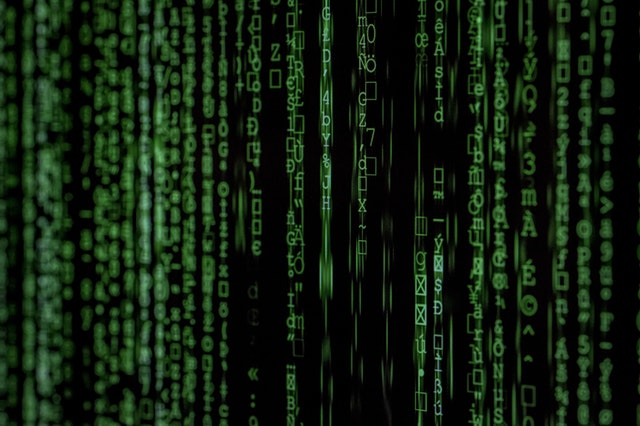AI Crime Maps – What Are They and How Do They Work?

Does new Government Initiative For Using AI to Prevent Crime Bring With It Potential Issues?
The government has announced a major new initiative to use artificial intelligence (AI) to help police prevent crime before it occurs.
Under the “Concentrations of Crime Data Challenge”, innovators have been tasked with creating a detailed real-time crime map to predict and identify where offences are most likely to take place. The aim is for the tool to be fully operational by 2030 as part of the government’s Plan for Change.
While this project is being welcomed by ministers and crime prevention charities, it isn’t without it’s challenges and as criminal defence laywers, it is important we consider the fairness in ensuring fairness and transparency in our criminal justice system.
How the Technology Will Work
The AI system will analyse vast amounts of data shared between police, local councils, and social services, including:
- Previous incident locations
- Criminal records
- Behavioural patterns of known offenders
The result will be an interactive map highlighting “hotspots” for knife crime, anti-social behaviour, theft, and violent crime. The idea is to allow law enforcement to allocate resources proactively, intervene earlier, and ultimately reduce victimisation in local communities.
The Defence Perspective: Key Concerns
Although prevention is a legitimate goal, predictive policing raises serious issues:
- Risk of profiling: AI systems may disproportionately target certain communities, reinforcing bias rather than reducing crime.
- Privacy concerns: The use of sensitive personal data from different agencies raises questions about consent and data protection.
- Presumption of innocence: Individuals may face police intervention or monitoring based on predicted behaviour rather than actual offences.
- Lack of transparency: Decisions made by algorithms are often opaque, making it difficult to challenge their accuracy or fairness in court.
Balancing Safety and Justice
There is no doubt that technology can assist in reducing crime and protecting the public. However, as lawyers, we caution against over-reliance on AI predictions without human oversight and robust safeguards.
To ensure justice, it will be essential that:
- AI systems are subject to independent audits for bias and accuracy.
- Data-sharing arrangements comply with strict privacy and human rights laws.
- Individuals are not penalised or stigmatised simply because they live in a predicted hotspot.
Conclusion
The ambition to halve knife crime and violence against women and girls within a decade is commendable. But justice cannot be sacrificed for efficiency.
Predictive policing must remain transparent, accountable, and consistent with the principle that people are judged on their actions — not on what an algorithm predicts they might do.
As this technology develops, defence lawyers will play a vital role in scrutinising its application, protecting rights, and ensuring the criminal justice system remains fair for all.
How We Can Help
If you have any questions or concerns regarding the use of AI in criminal law and prevention – or would like to find out more about our your legal representation services – our experts are hand to help. Call us 0161 477 1121 or Message Us to speak to one of our team.


